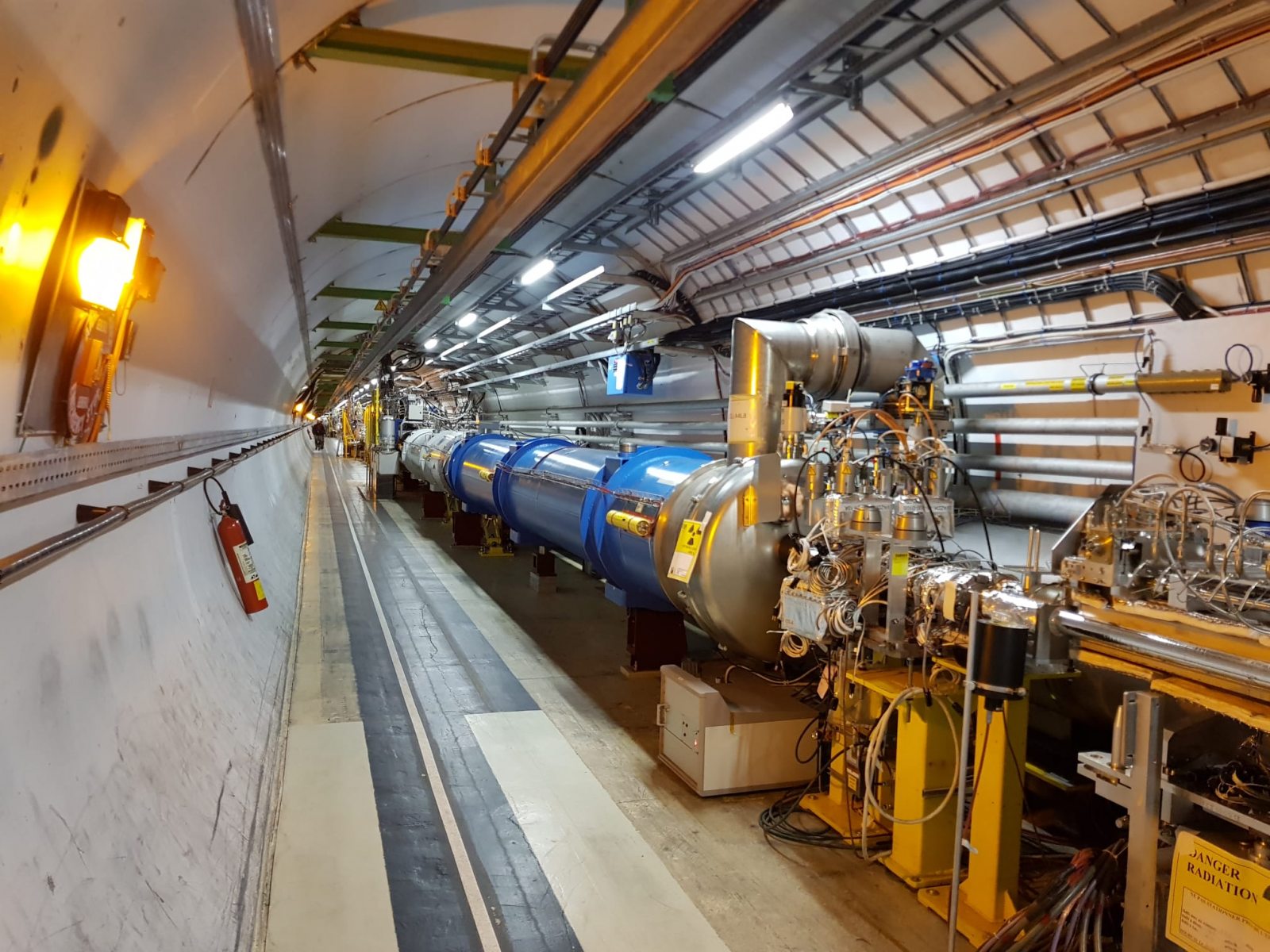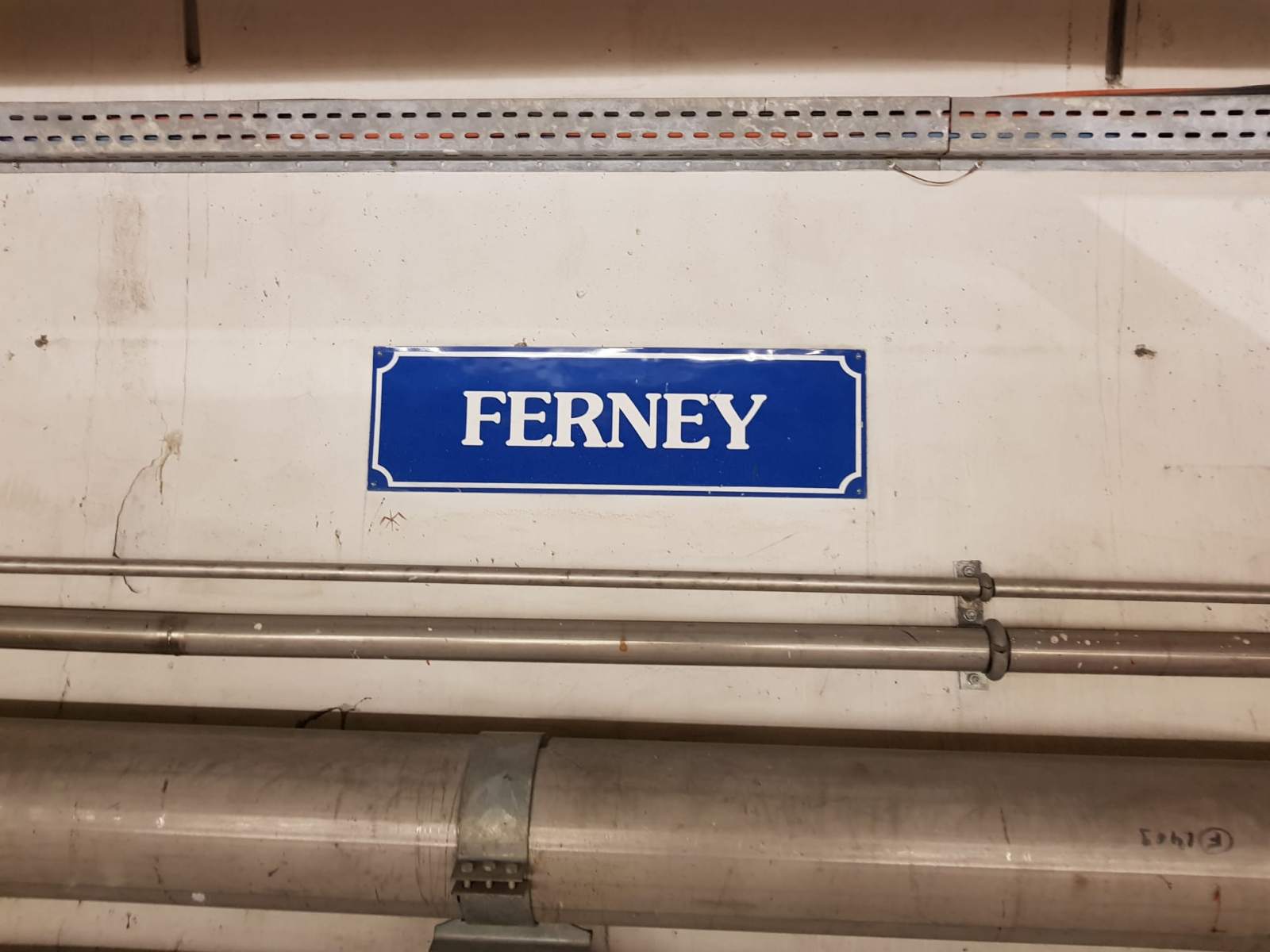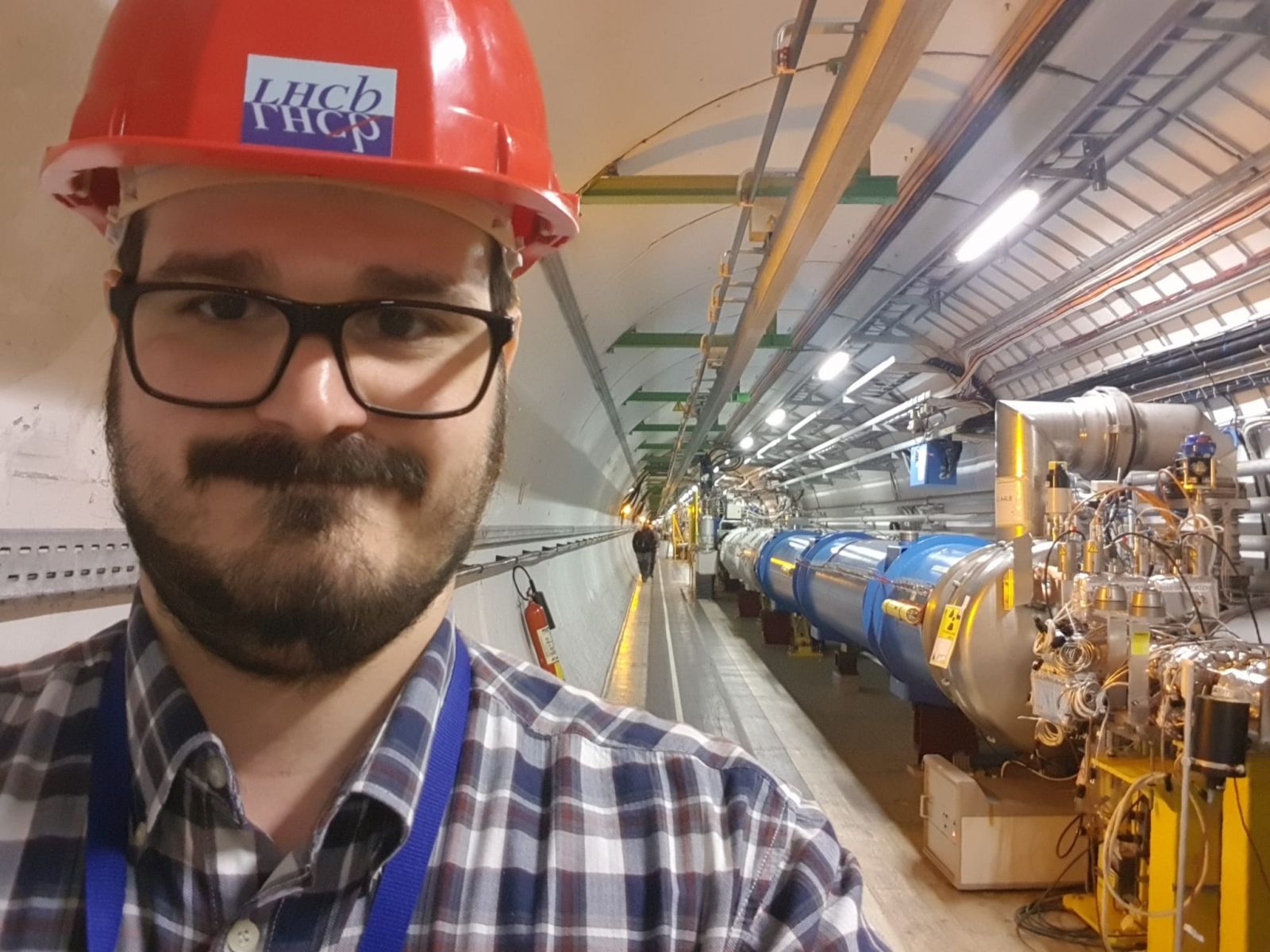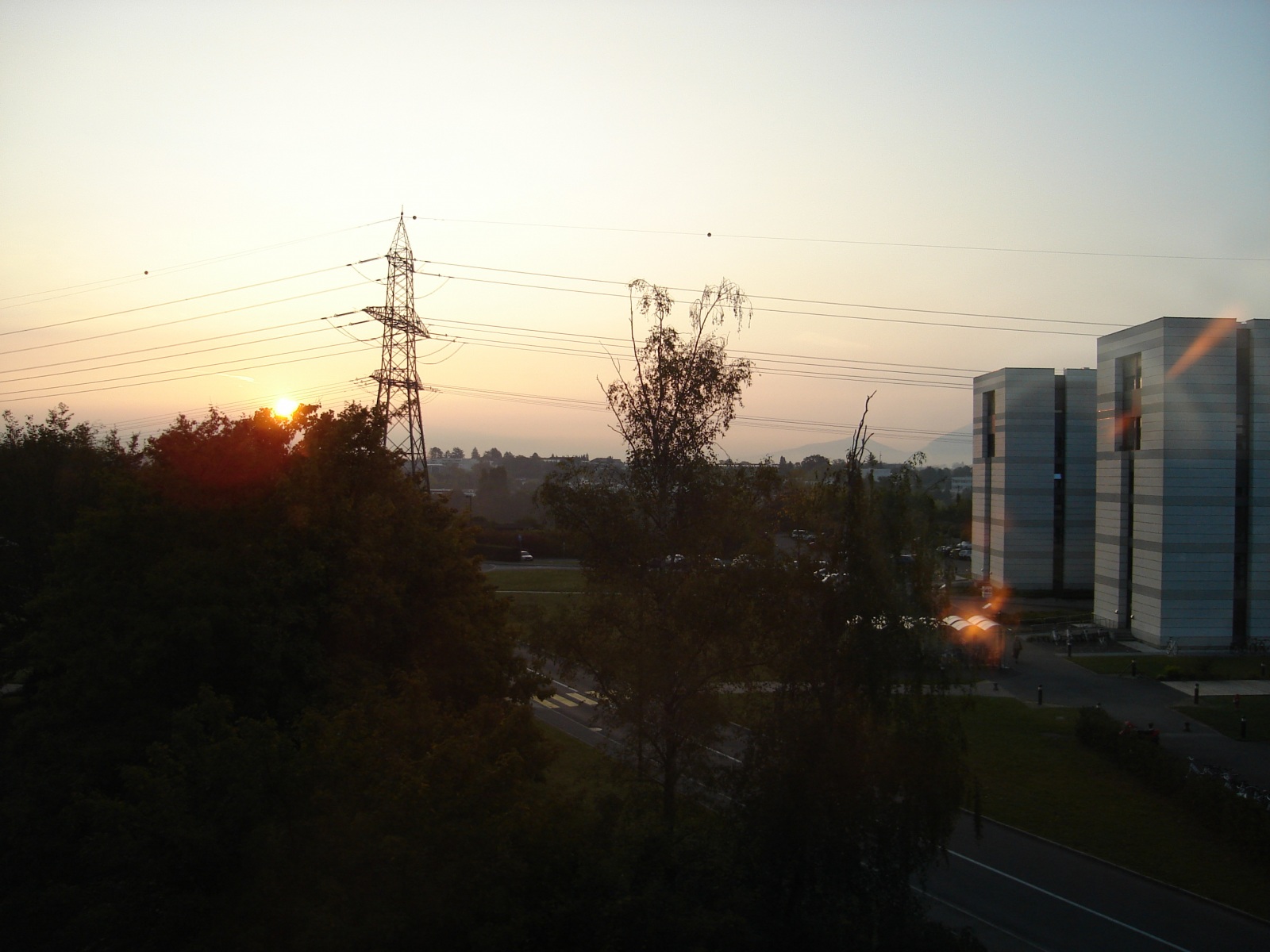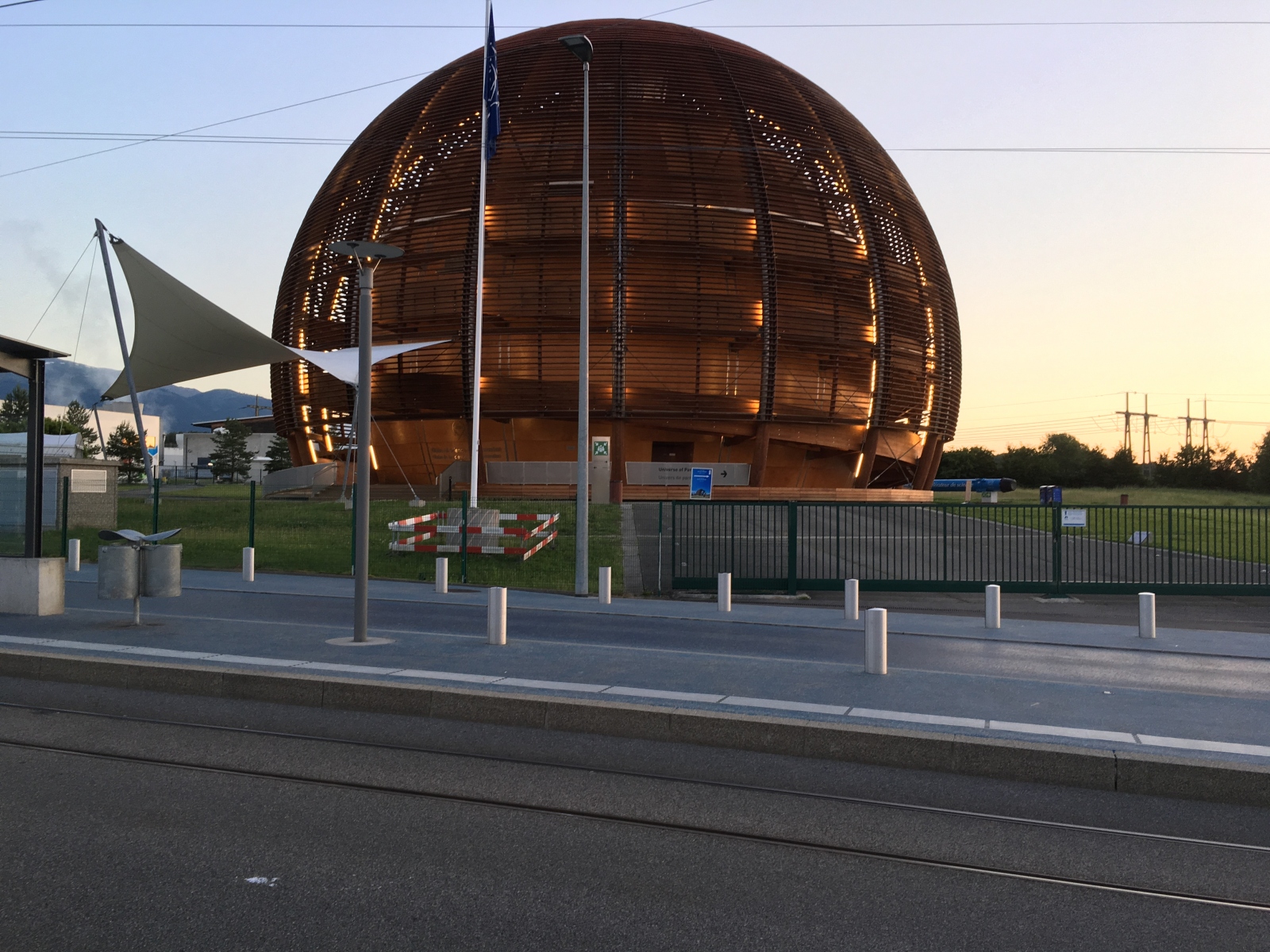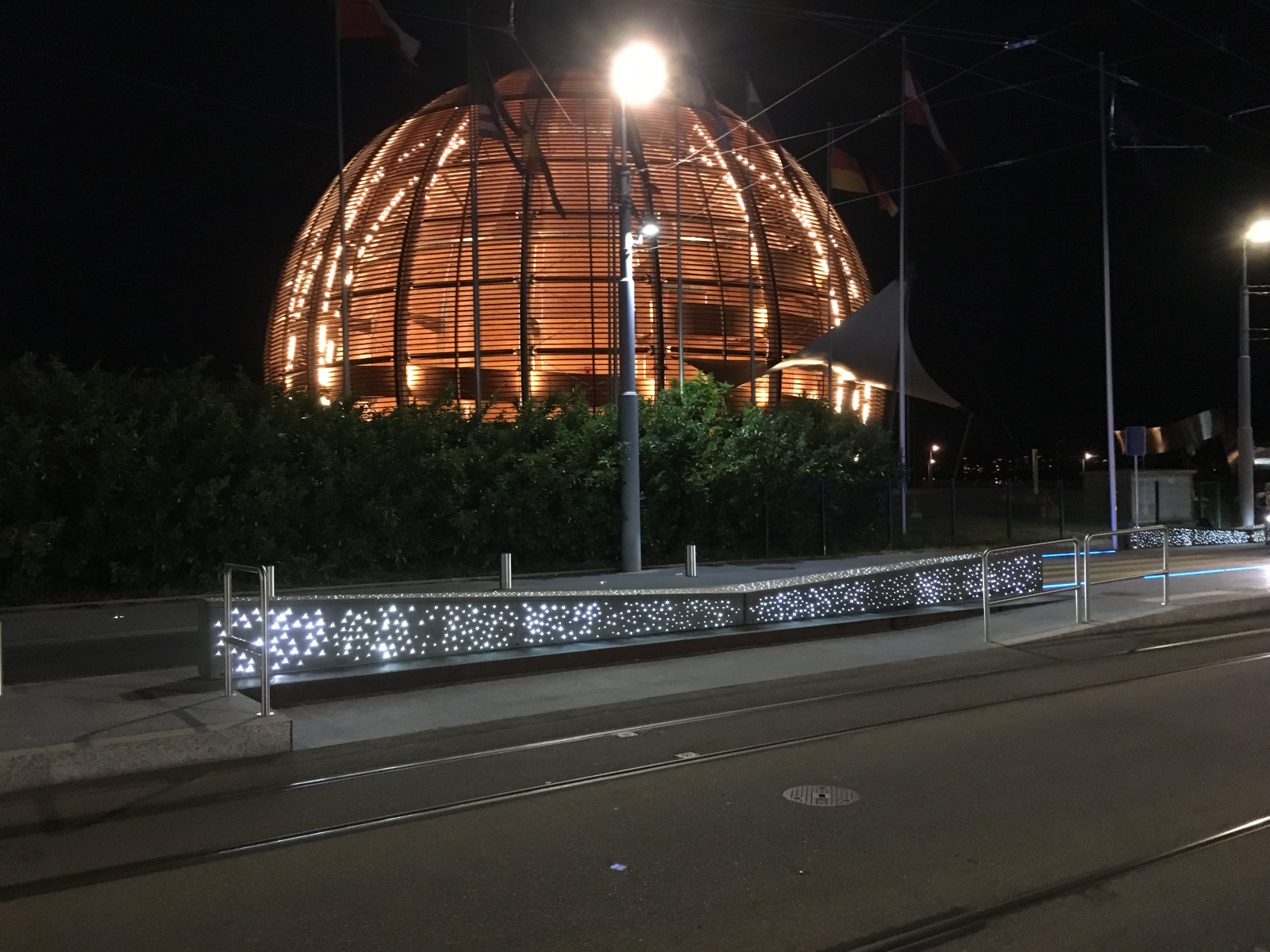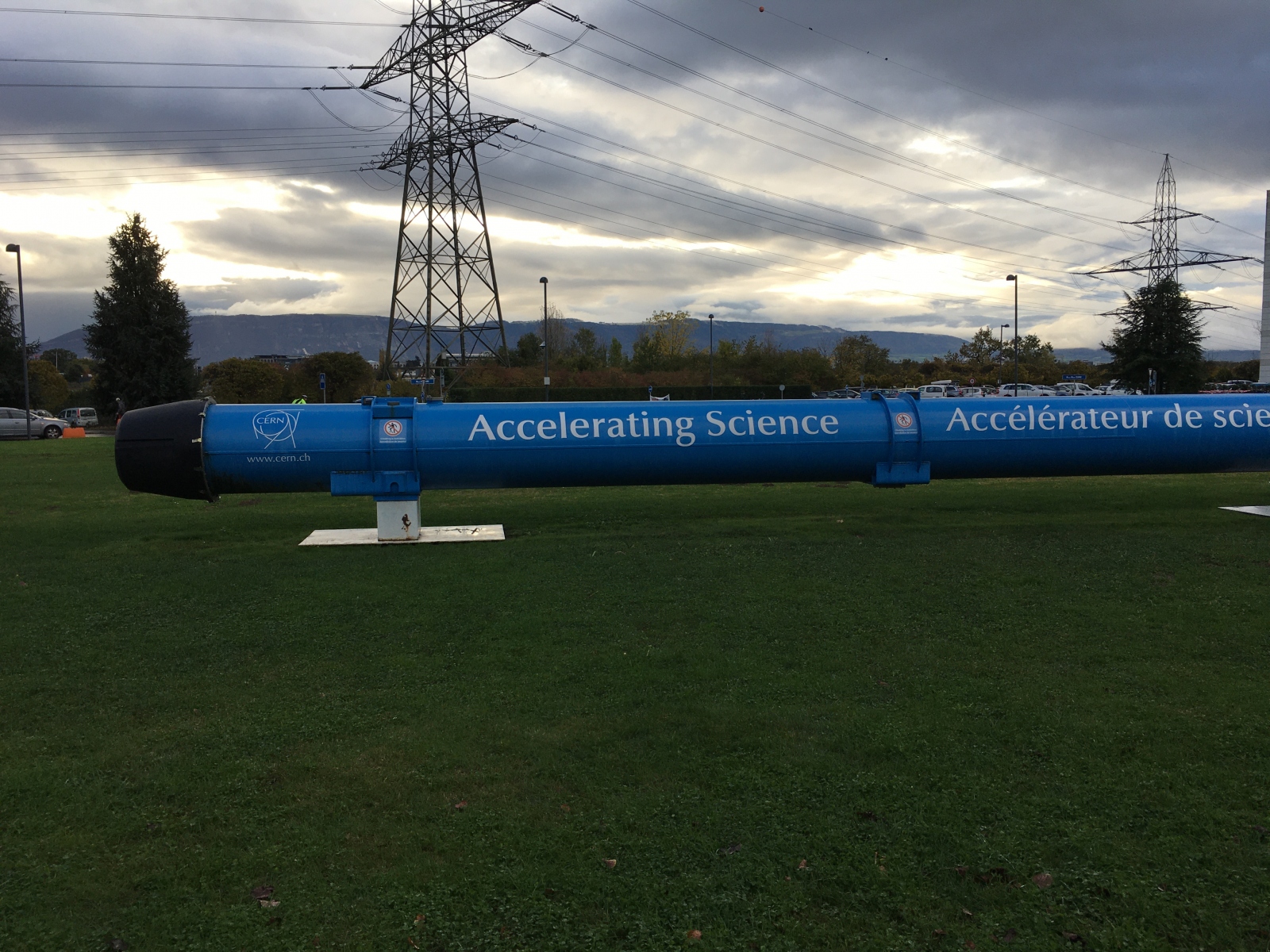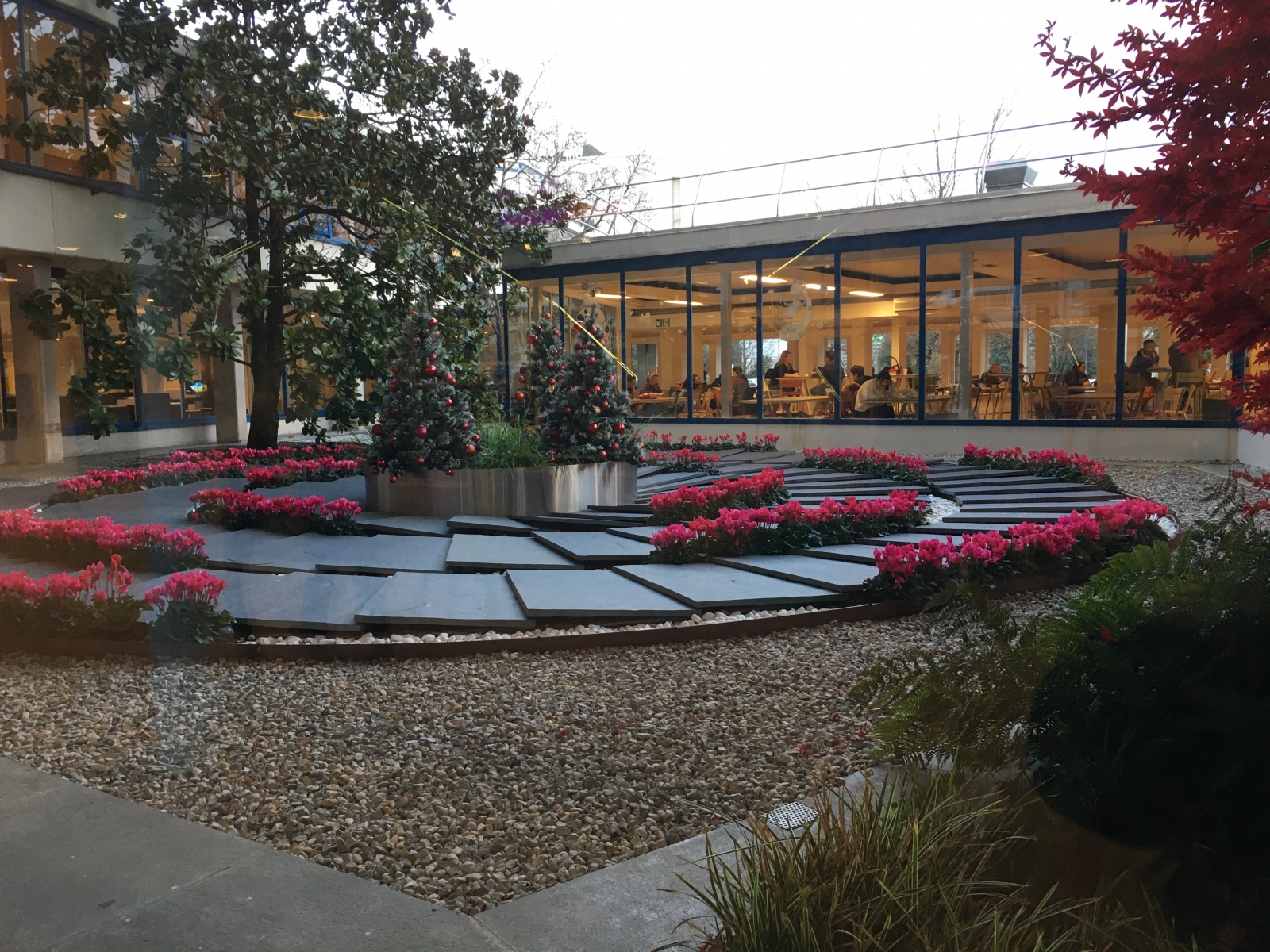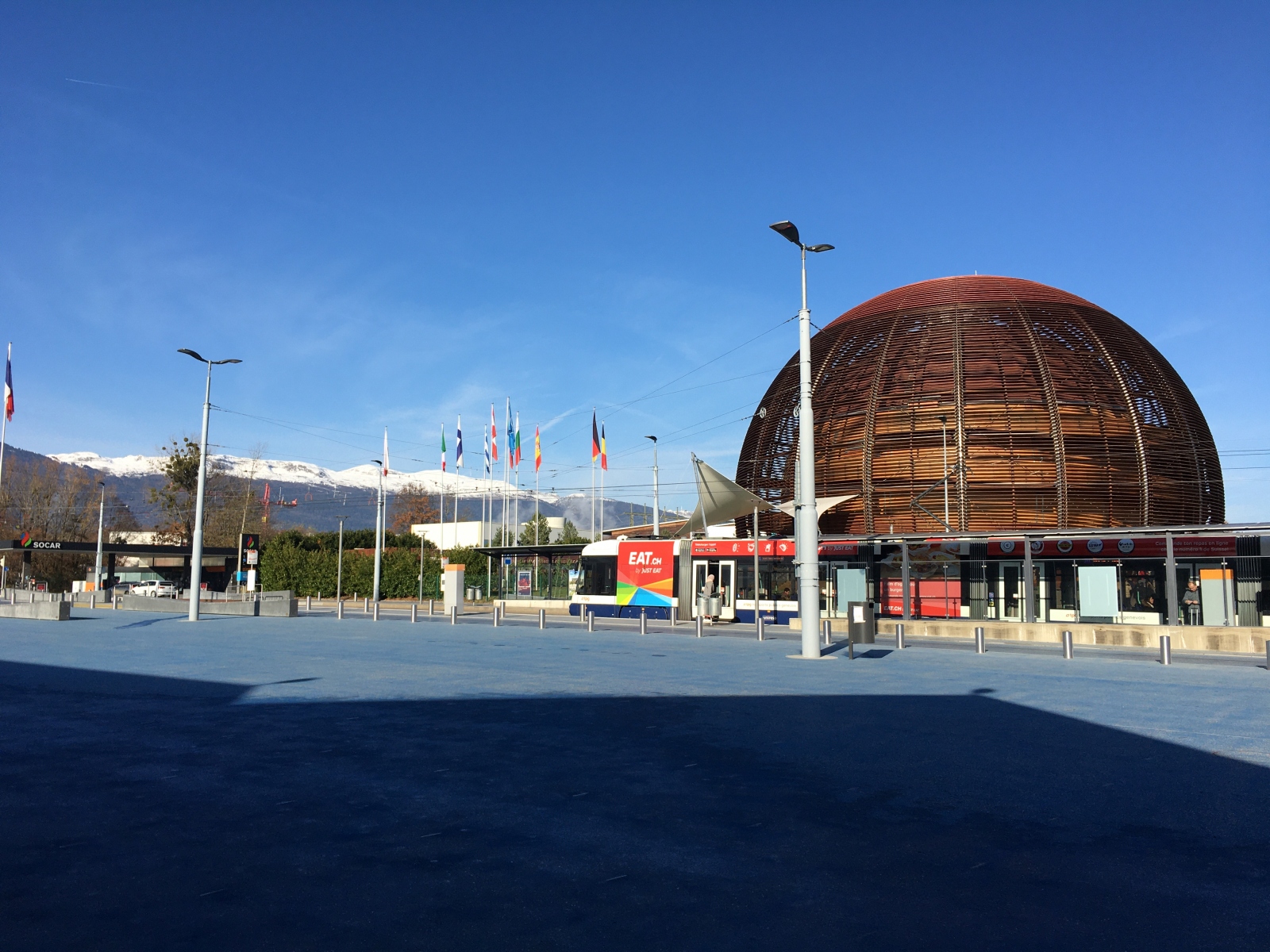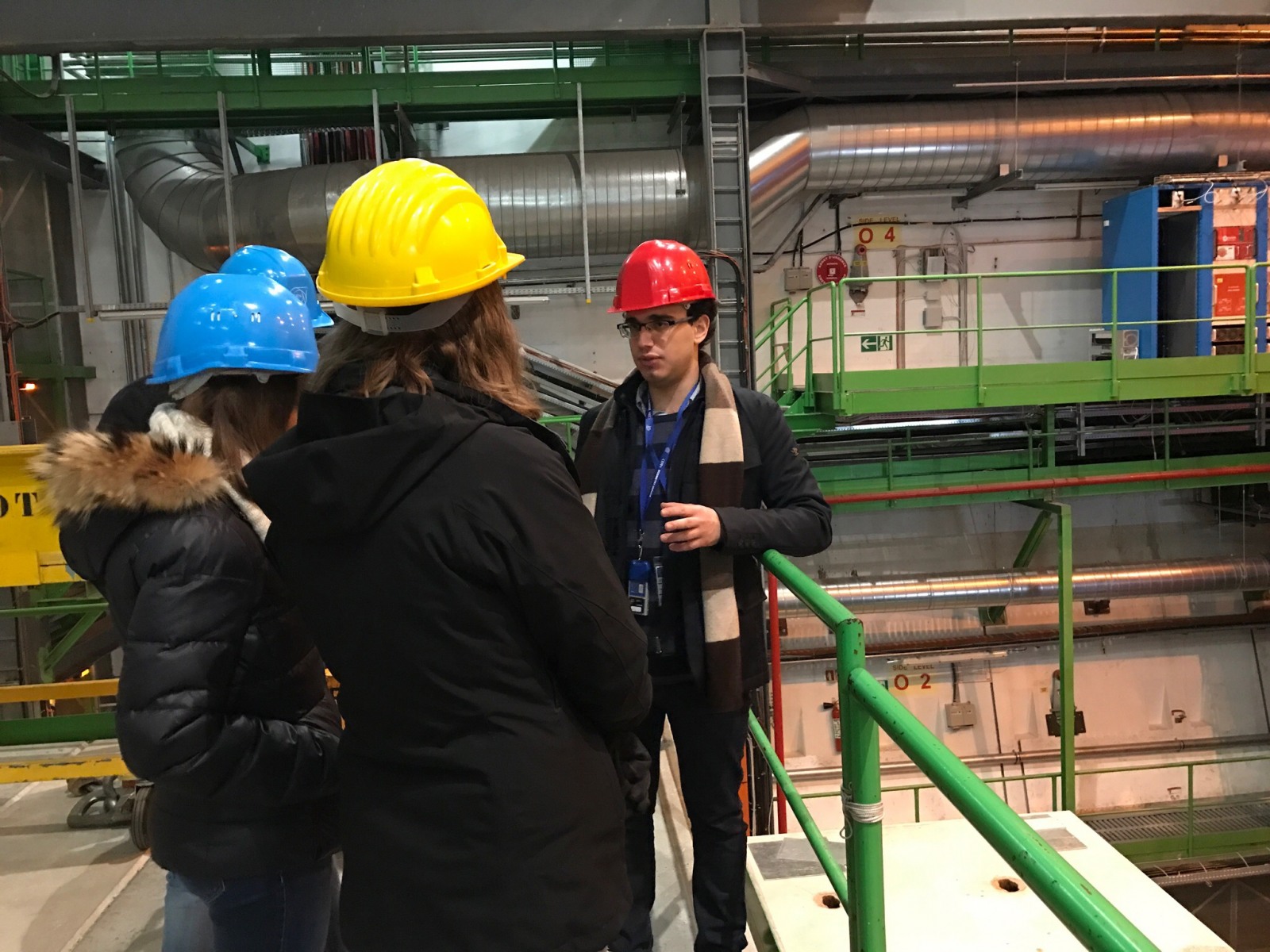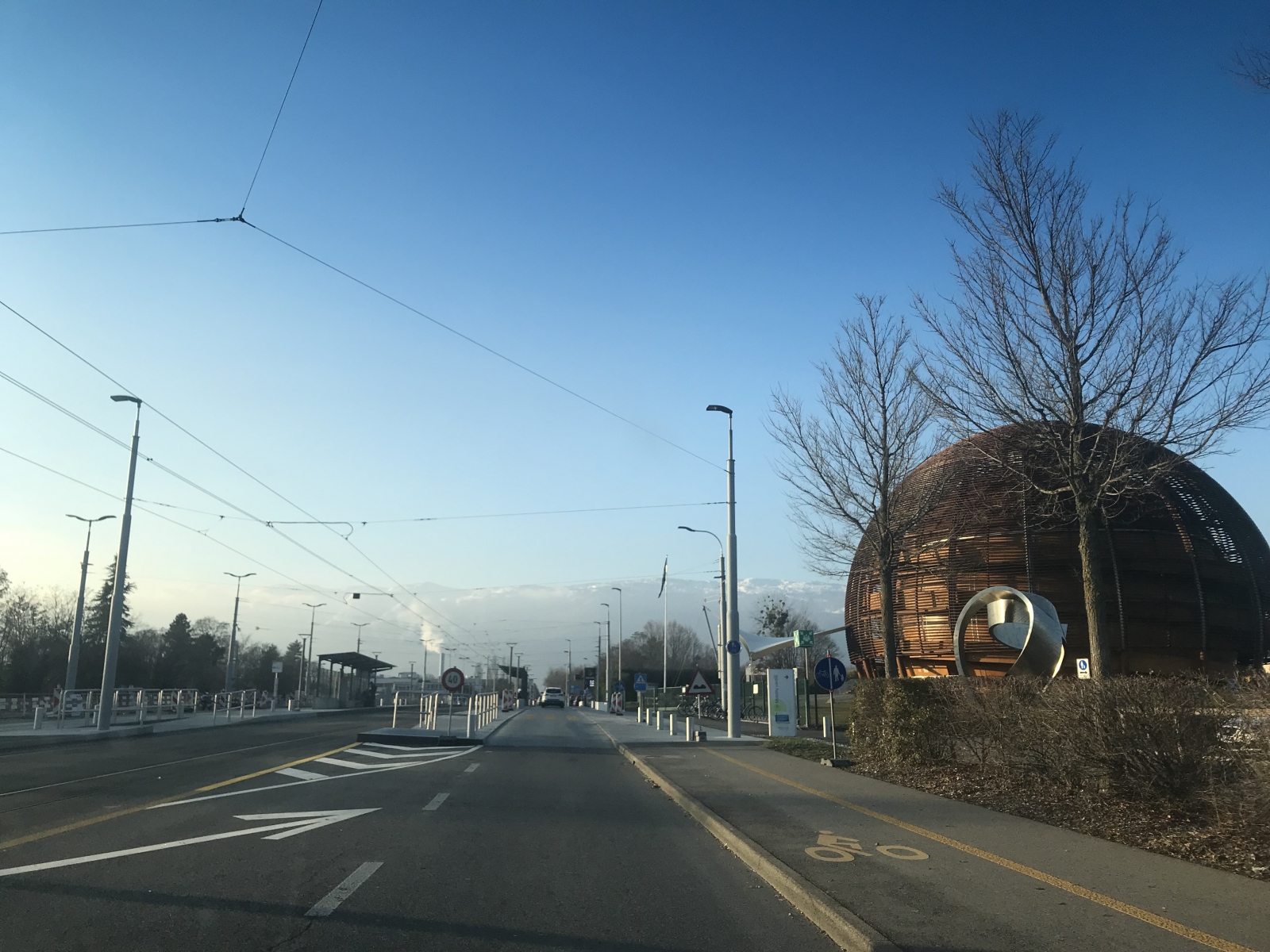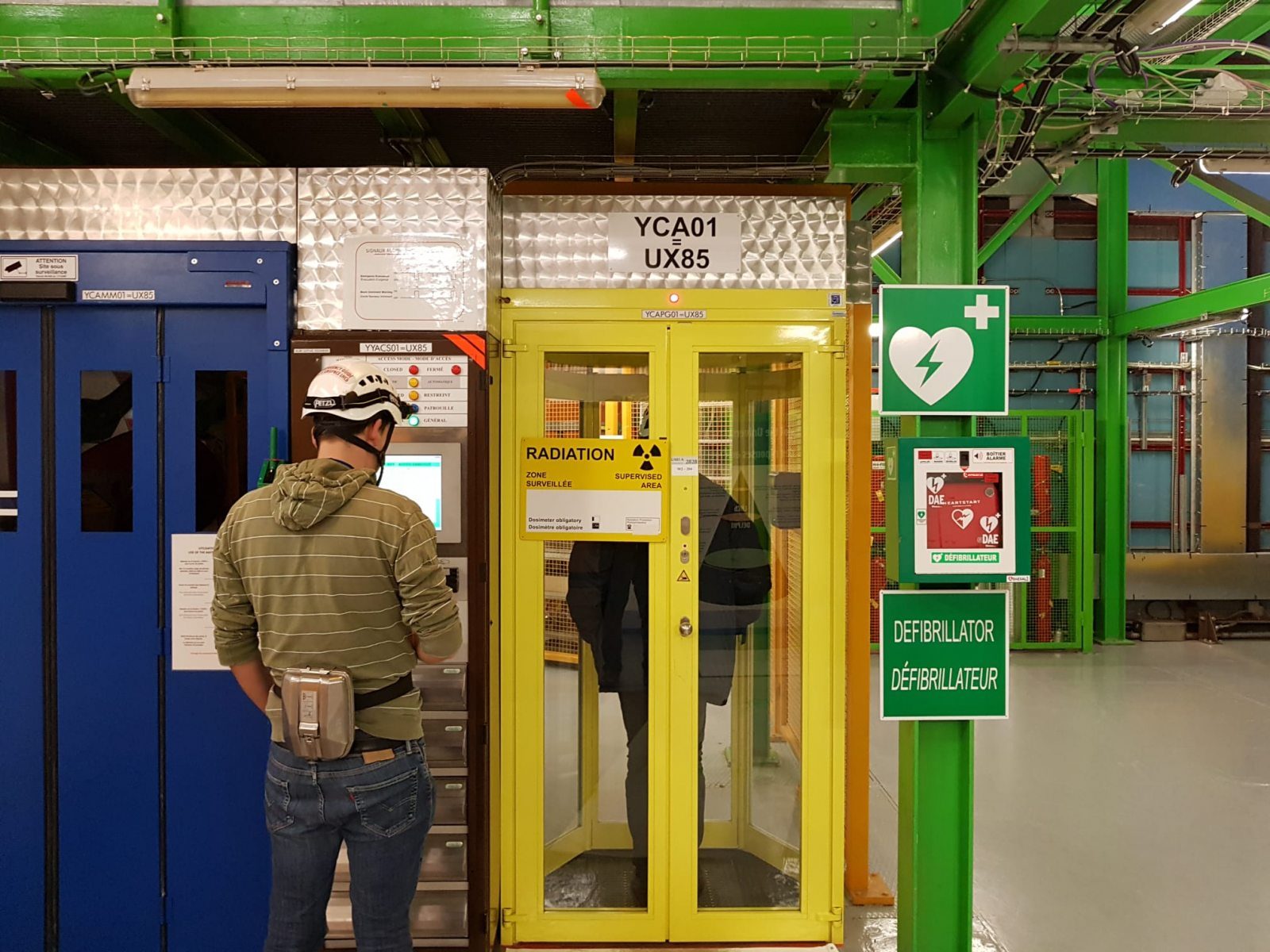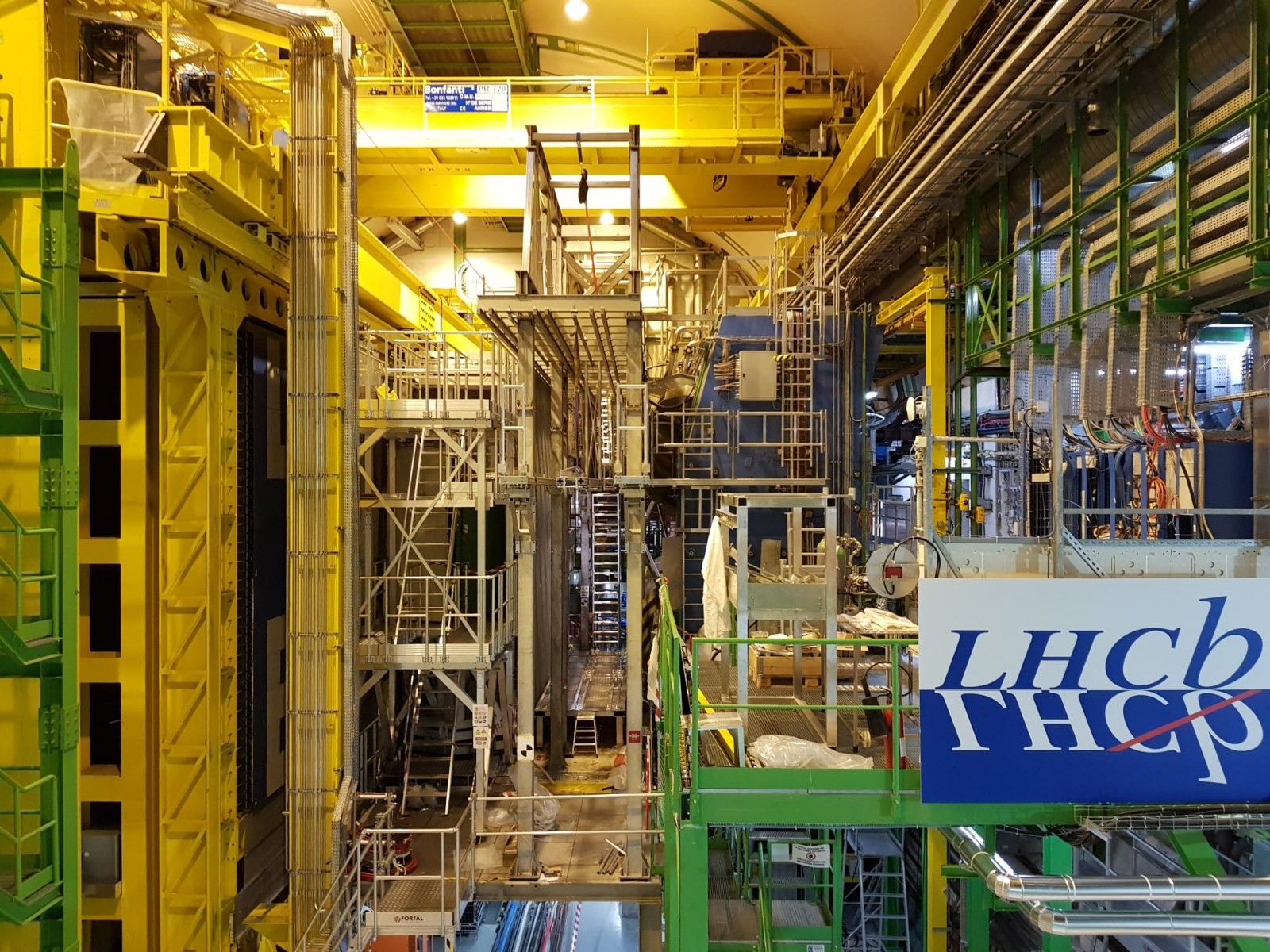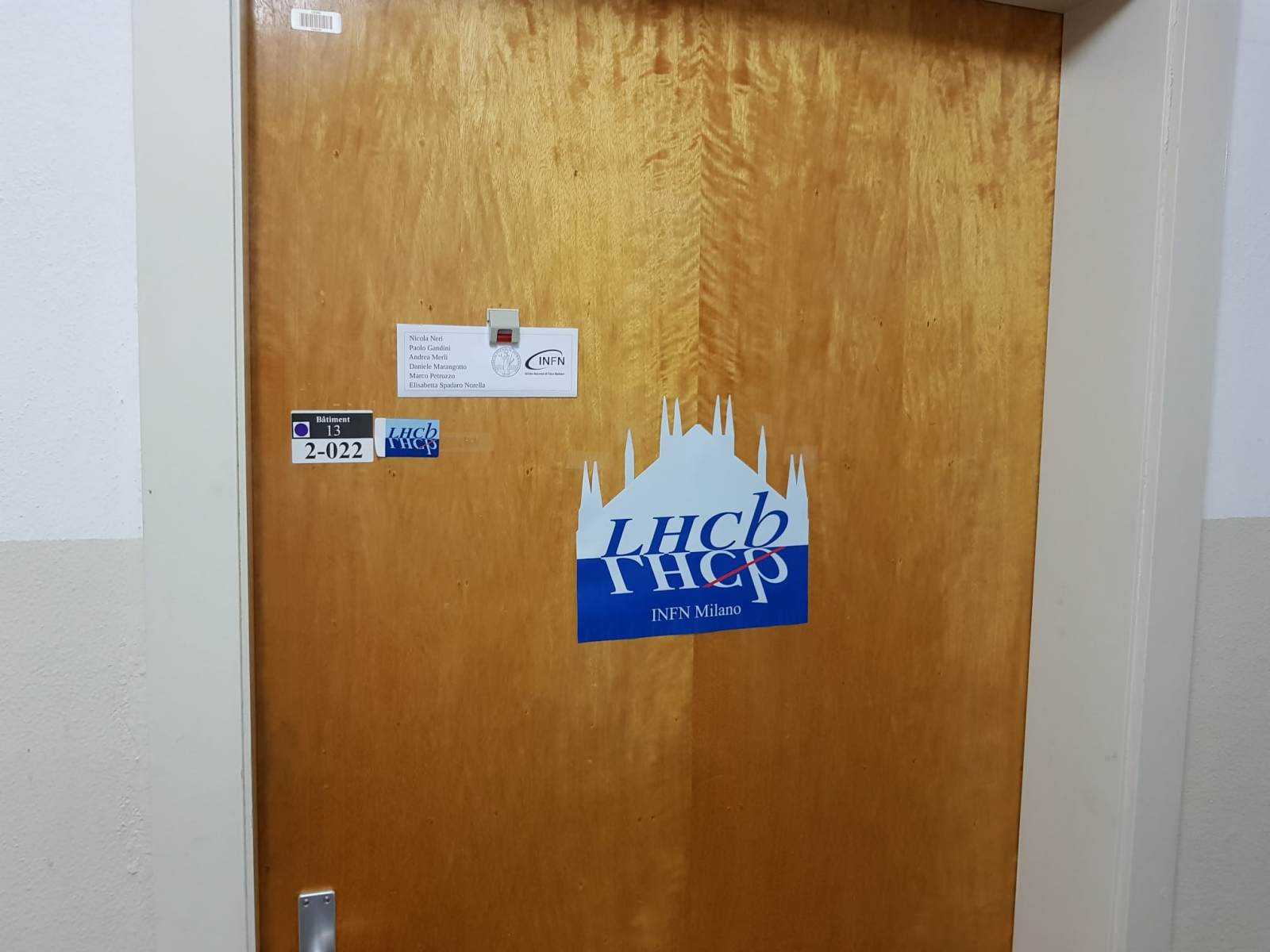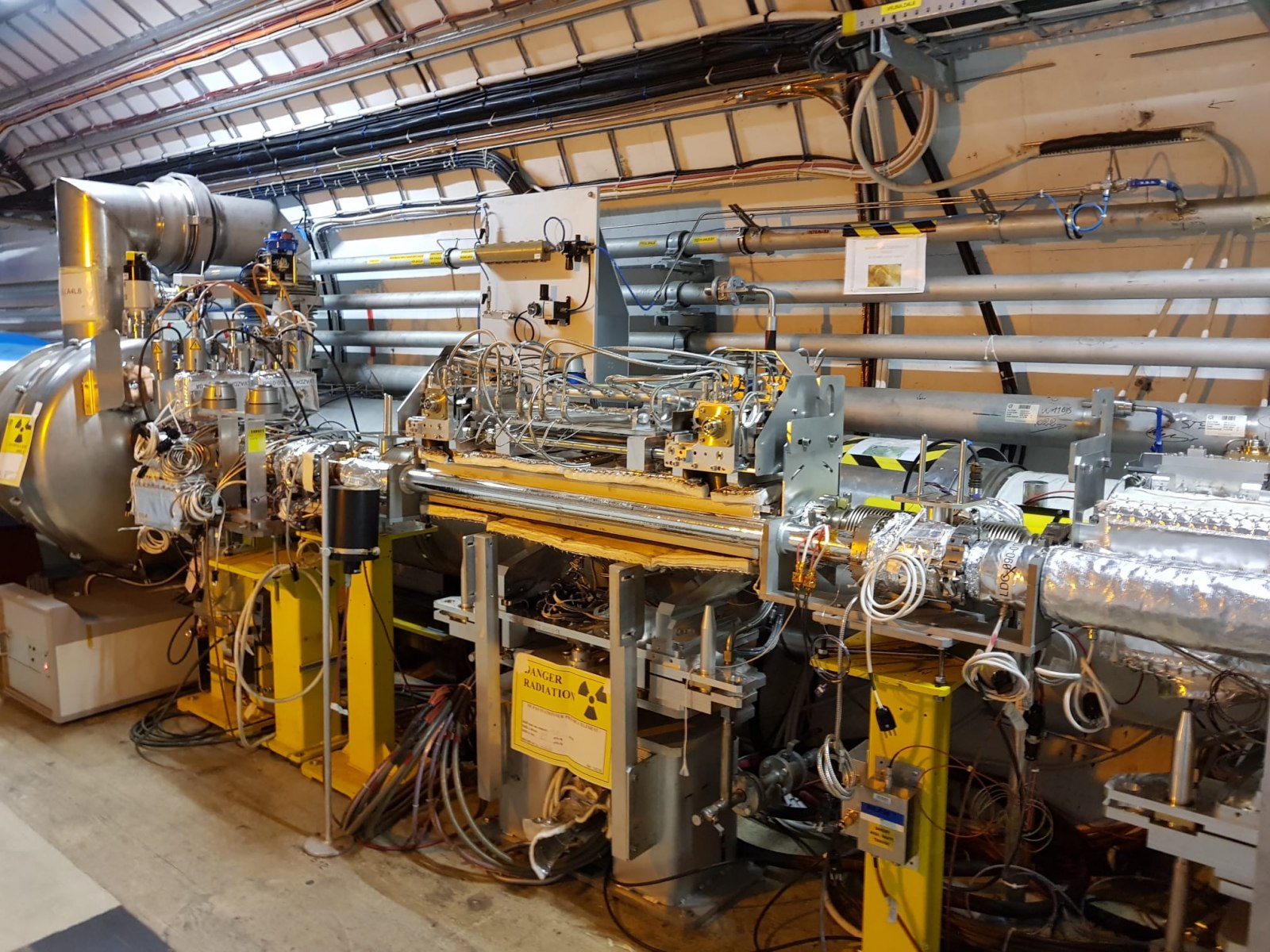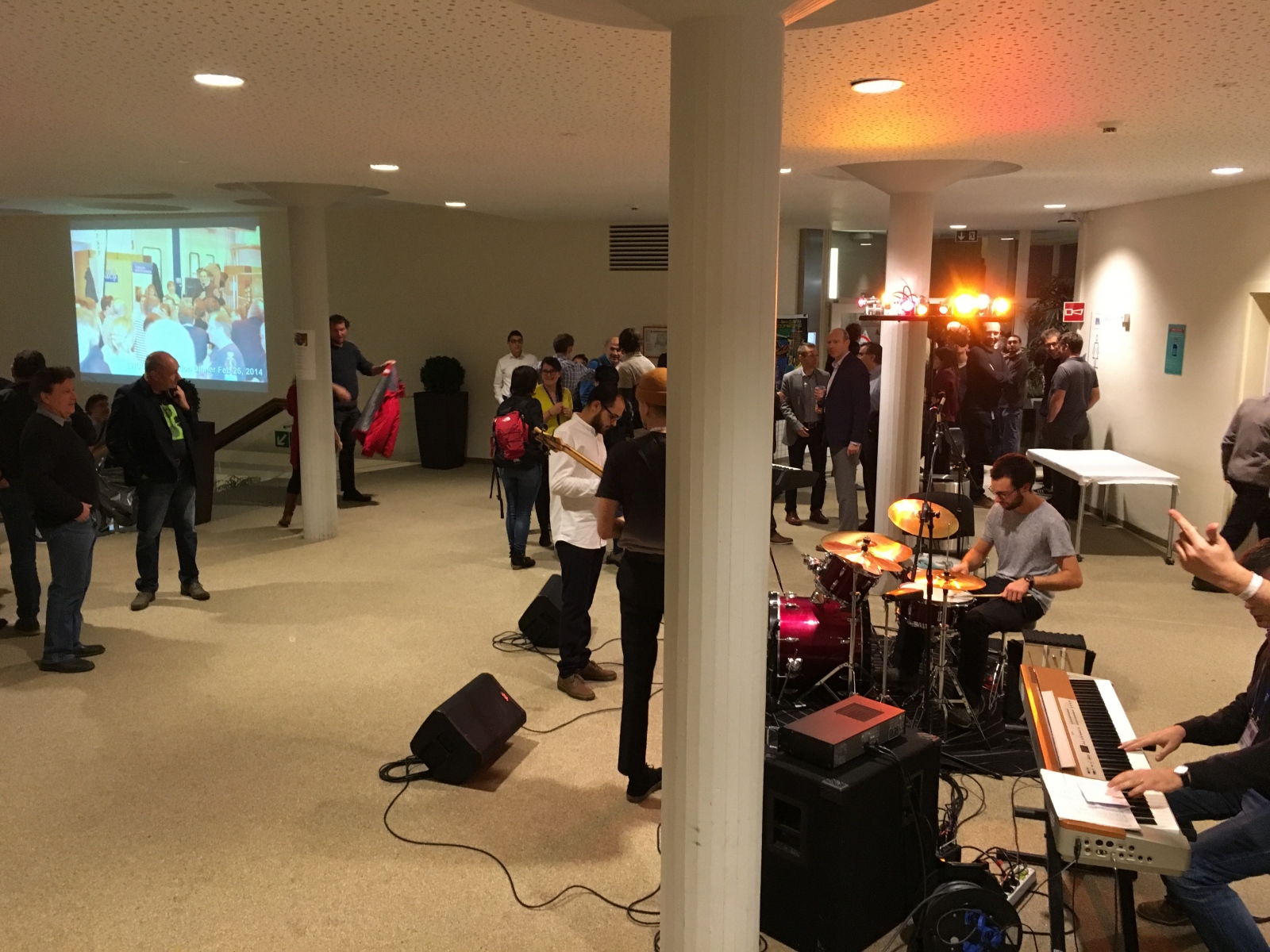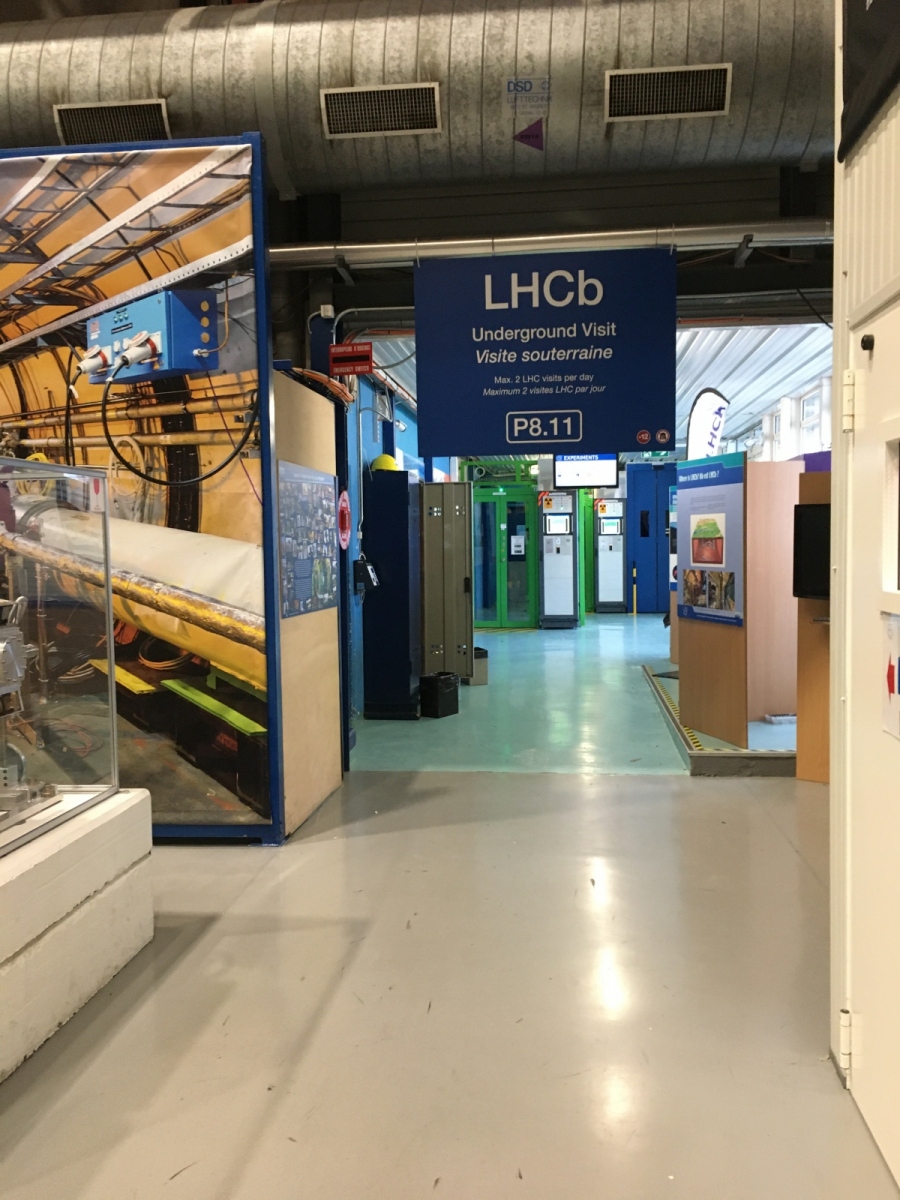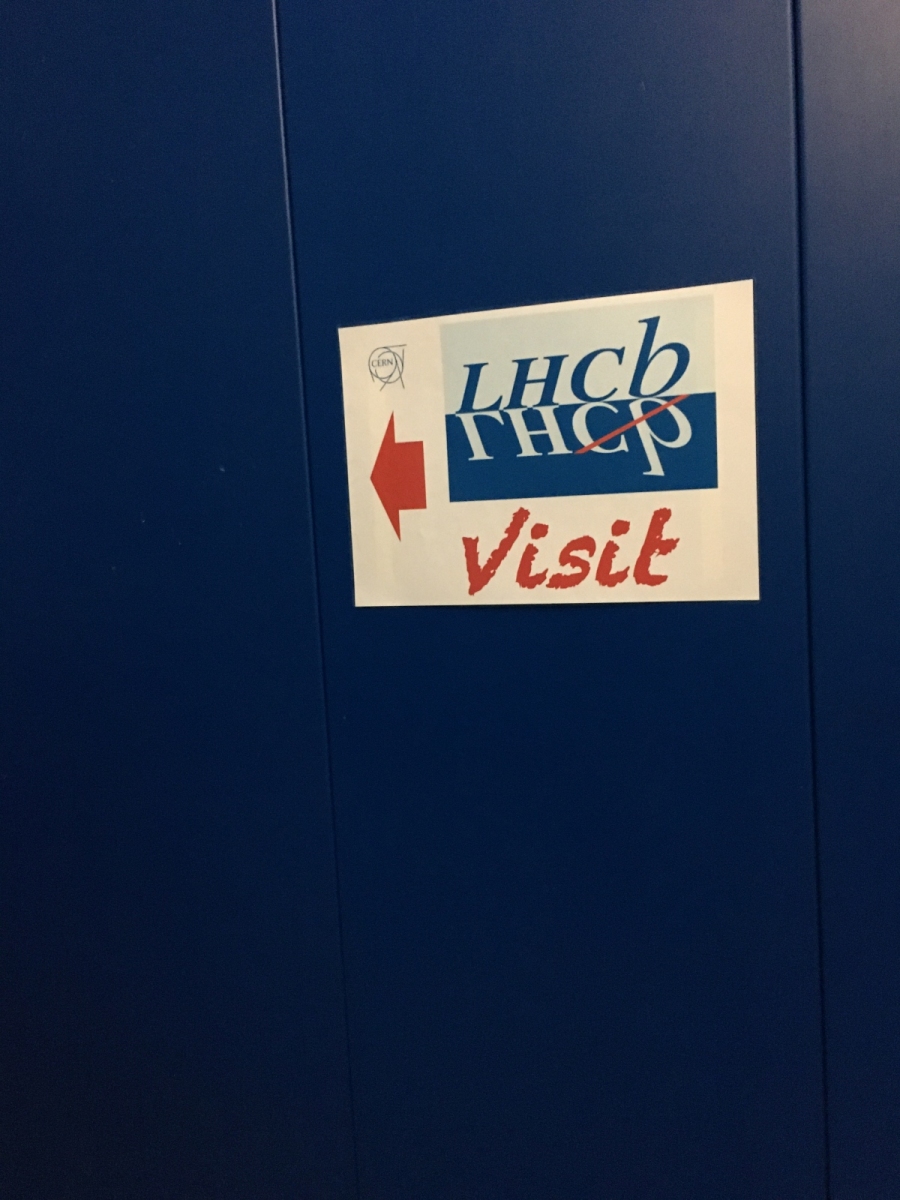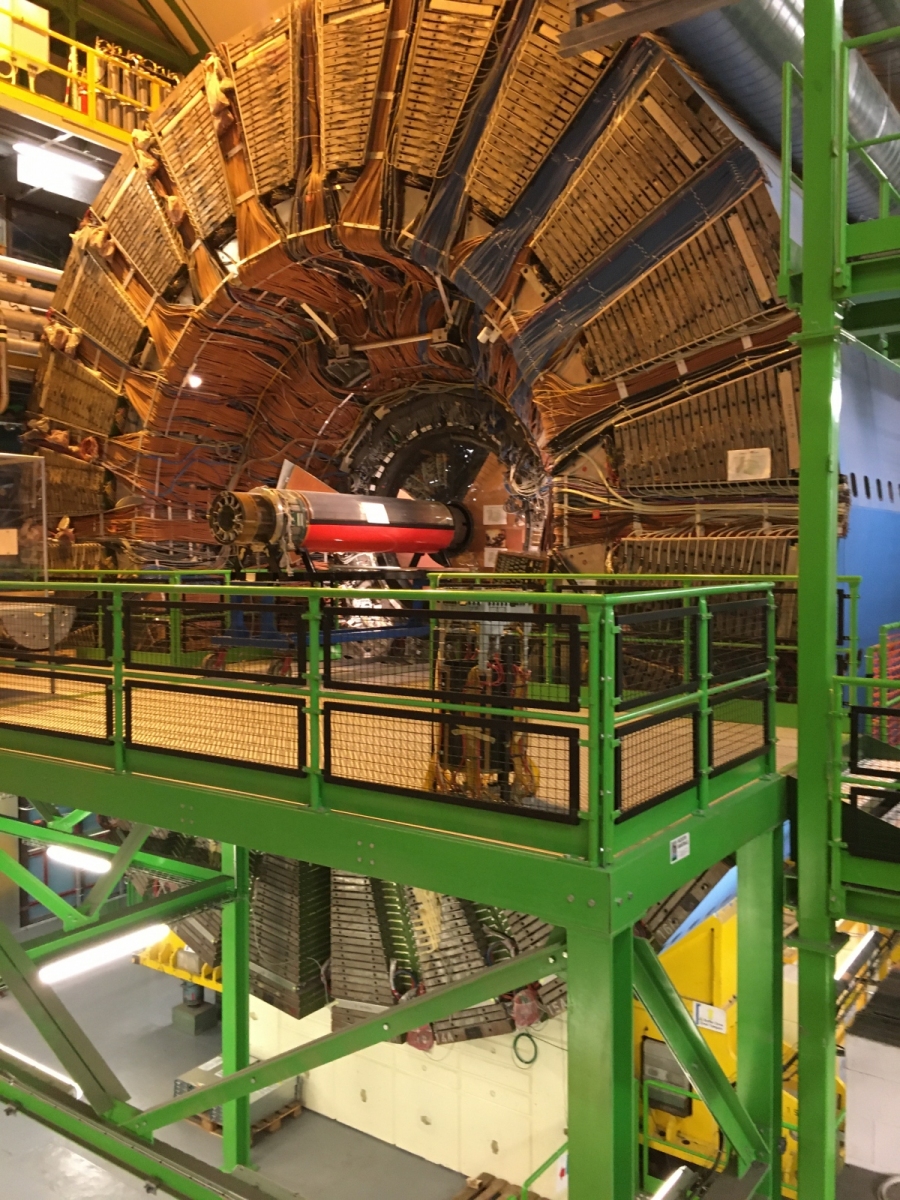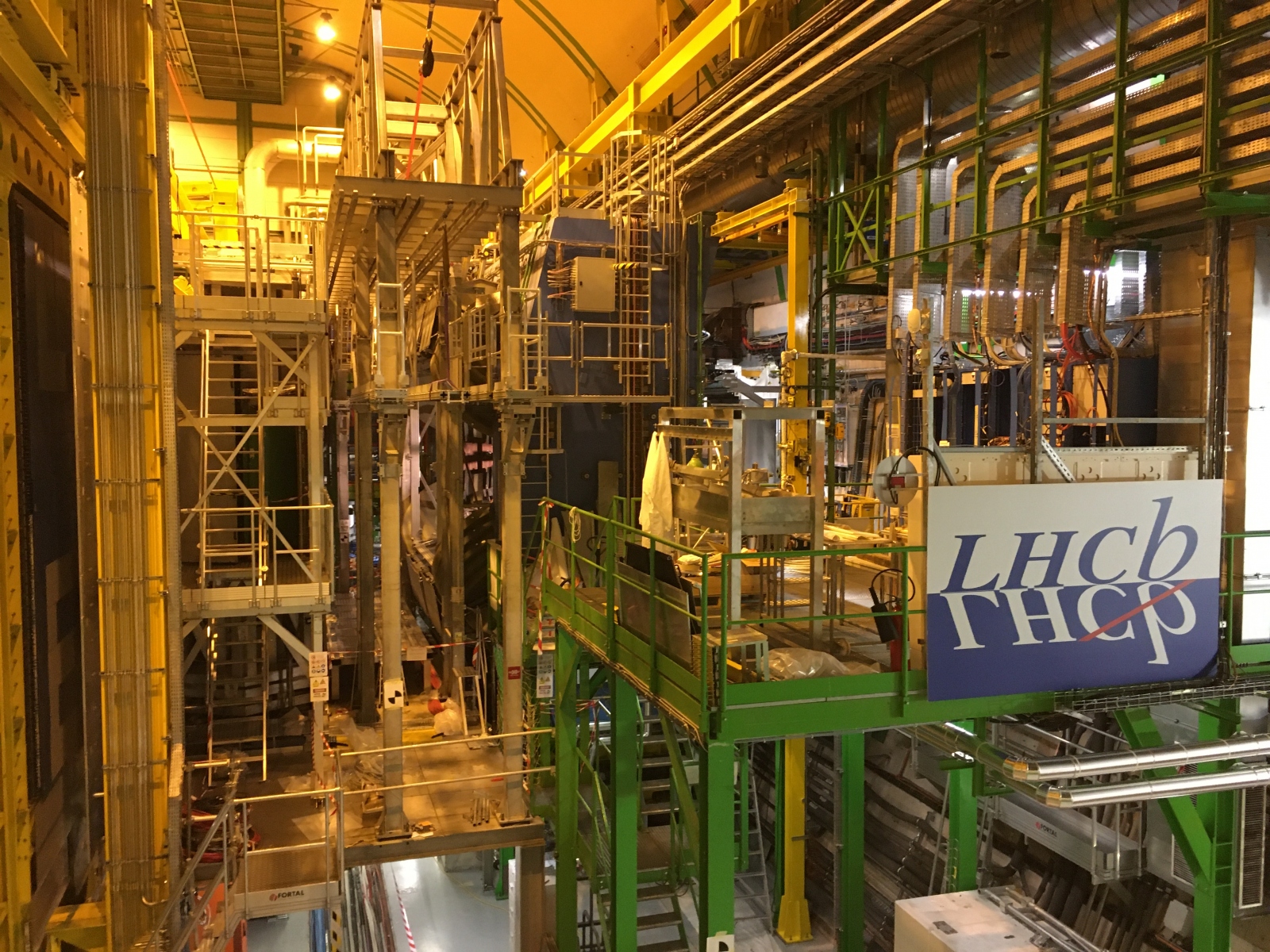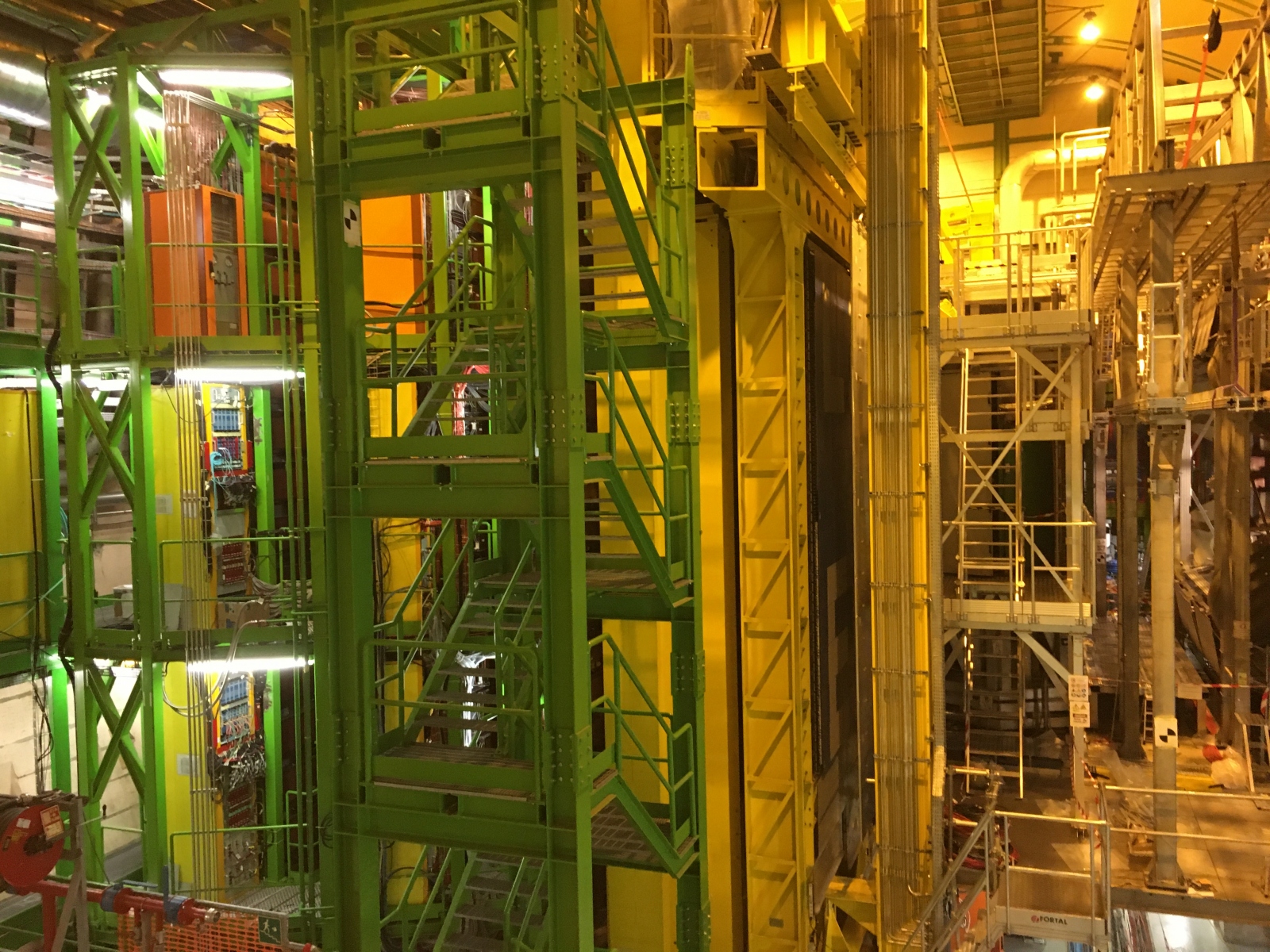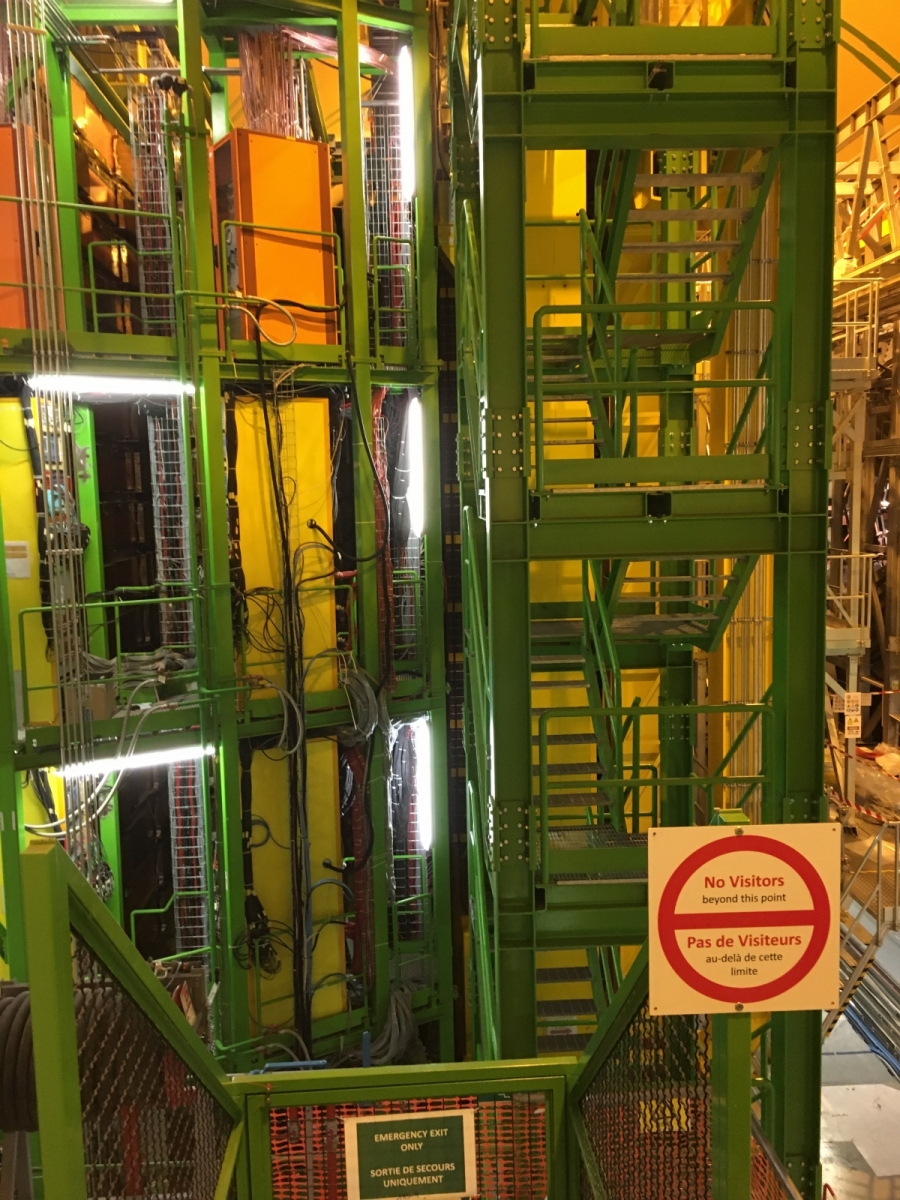Immediately after the Big Bang, matter and anti-matter were produced in (almost) equal amounts. However, a tiny, yet sizable, imbalance between matter and anti-matter must have occurred, for it allowed matter to survive the annihilation processes that occur naturally when a particle interacts with its corresponding anti-particle. Explaining this imbalance is one of the most outstanding problems in physics. The explanation of this imbalance requires a violation of a symmetry in the laws of Nature, called CP symmetry. CP violating processes have been observed experimentally since 1964. However, the amount of CP violation found experimentally so far does not provide a sufficient basis to explain the matter/anti-matter imbalance required by the Big Bang theory. Additional CP violating processes are currently being sought for at different experimental facilities. The LHCb experiment at CERN is one of them, and the largest one. By studying the ultra-relativistic proton-proton collisions provided by the LHC, researchers working at the LHCb experiment seek to find CP violating processes in the production and in the decays of so-called beauty and charm particles.
While this was the main purpose around which LHCb was designed and started operations in 2010, its superb performance and outstanding flexibility, allowed the Collaboration to extend its scientific reach. In 2015, LHCb started collecting data from heavy-ion collisions. Furthermore, it started operating as a fixed target experiment, using a diffuse gaseous target device called SMOG. The fixed-target capabilities of LHCb will be further exploited by projects being designed for the upcoming data taking campaigns, such as SMOG-2 and SELDOM.
After two very successful data taking campaigns, corresponding to the LHC Run-1 (2010-2013) and Run-2 (2015-2018), the LHCb Collaboration is now preparing for the upcoming Run-3, scheduled to start in 2021. The majority of the detector elements, as well as the entirety of the read-out electronics and trigger system, are currently being replaced. The new detector will be a state-of-the-art machine, capable of exploring the full luminosity provided by the LHC in Run-3 and beyond. It will allow researchers to enhance the sensitivity to many physics observables, bringing us to significant portions of unexplored territory.
For more information and news about LHCb, visit its public website.
Data Analysis
The Milano group is involved in the study of the CP violating decays of particles with heavy quarks. The group has studied indirect CP asymmetries in D0 → K– K+ and D0 → π− π+ decays using semileptonic B decays. More recently, we have led the analysis of the decays Λb0 → p π+ π– π+ and Λb0 → K− μ+ μ−.
The study of rare decays and the search for exotic multi-quark states is another topic of interest. The measurement of the decay Bs0 → J/ψ \rm p \overline{\rm p} has produced the most precise measurement of the Bs0 mass to date. It has also opened a promising path to search for pentaquark states in the proton-J/ψ system.
Several analysis activities are linked to the SELDOM project. SELDOM is an ERC funded project to explore new techniques to search for the electric dipole moment (EDM) and measure the magnetic dipole moment (MDM) of heavy unstable particles, particularly charm and strange baryons. The existence of an EDM violates CP symmetry; it is therefore another possible source of CP violation that could explain the matter/anti-matter imbalance problem. As a part of this project, the group has worked out an amplitude analysis and polarisation measurement for the decay Λc+ → p K– π+. The measurement is being carried out for Λc+ baryons produced either promptly or in semi-leptonic decays of a Λb0 baryon, that lead to distinct Λc+ polarisation state expectations.
Involvement in the RTA Project
Members of the group are giving important contributions to the LHCb Real Time Analysis (RTA) project, which coordinates the implementation of the software infrastructure and strategies required to operate the LHCb detector in triggerless mode during the restart of the data taking in 2021. In particular, we are responsible for the track reconstruction algorithm of the tracking stations located downstream of the LHCb dipole magnet. This algorithm is crucial for the overall tracking performance of LHCb and in particular for the reconstruction of long-lived particles that decay far from the primary proton-proton interaction, from tens of cm up to few meters. The full event reconstruction will be performed simultaneously with data taking, so that decisions on which events are to be recorded are taken based on information coming from fully reconstructed events. Very stringent requirements on the reconstruction algorithms follow from this operation mode: they need to be fast enough in order to cope with the nominal LHC collision rate of 30 MHz.
A more ambitious program, part of the SELDOM project, envisages the reconstruction of particles decaying beyond the LHCb dipole magnet. We are working on enabling this capability for LHCb, which will make it possible to measure the EDM and MDM of long-lived unstable particles, such as the Λ0 baryon. Furthermore, it will enhance the sensitivity for direct searches for Beyond Standard Model long-lived particles.
Detector Activities
The group has undertaken important responsibilities in the upgrade of the Upstream Tracker silicon strip detector. In particular, technicians, engineers and physicists have worked together in Milan to design, assemble and test the read-out electronics of the detector, in collaboration with other LHCb groups.
Several members of the group are also involved in the Timespot project, which aims at the development of a silicon and diamond 3D tracker with timing capabilities.

